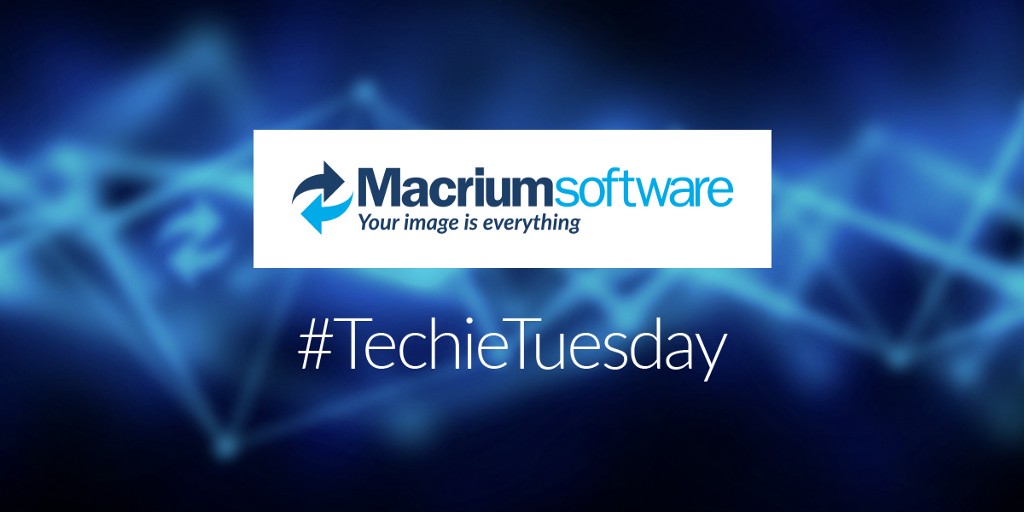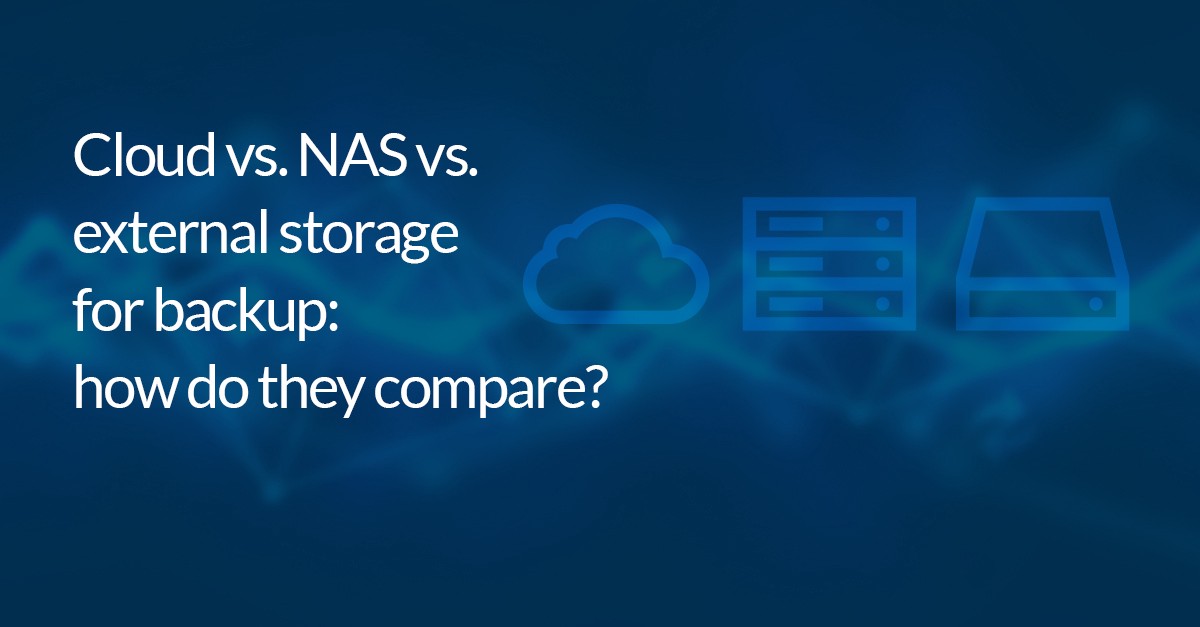Backup to the cloud with Azure File Shares


Azure Files offers fully managed file shares in the cloud that are accessible via the industry standard Server Message Block (SMB) protocol.
Share access is fully secure using end to end AES encryption utilised in the SMB 3.0 protocol and can be used directly for Macrium Reflect backup and restore.
Note: SMB 3.0 is available with Windows 8.1 or later and Windows Server 2012 or later operating systems. Earlier versions of Windows cannot mount Azure shares.
Port 445 (TCP outbound) must be open to allow communication with Azure file shares. If you have problems please check that your ISP isn’t blocking this port.
How to setup an Azure File Share
It’s easy and takes just 5 minutes! If you don’t currently have an Azure account then it’s easy to set one up. There’s a Free tier and currently a free credit for full access when you first enrol.
Please see here for more information: https://azure.microsoft.com
In the Azure Dashboard select ‘All Services’ then scroll to and select ‘Storage Accounts’ in the ‘Storage’ group:

Click the ‘Add’ button to reveal the share creation options.

You must provide a unique name, across all Azure shares, for your share URL. I’ve use ‘macriumofficebackups’ for this example.
Select the ‘Classic’ deployment model to keep things simple.
Create a new and appropriately named ‘Resource Group’. I’ve used ‘backups’.
Select ‘Pin to dashboard’ for easy access.
Finally, click ‘Create’ and you’ll see the following activity widget on the dashboard followed by a new storage tile after a few seconds:


Click the new storage tile, select ‘Files’ in the storage account selections pane that opens, then click ‘Add File Share’

Give your share a meaningful name and set the size. The max is 5TB / 5120 GB:

Click the ‘…’ menu on the new share and select ‘Connect’

You’ll be presented with several scripts and command line options to connect to your new share from anywhere in the world.

We just need to select and copy the share path, username and password text from ‘net use’ command:
Your details will obviously be different, but for this example:
Share path: \\macriumofficebackups.file.core.windows.net\share1
User: AZURE\macriumofficebackups
Password: 4FkHLDrmoaos2lYkwnLlR8Ls+6nVVATPIaMoCEWa1j6GfvnHMDfAaVmFDA4IQkCzxtn4YPObl2Lc+IfXWZPjQw==
Creating the share is now complete and you have enough information to connect to Azure for backup and restore from Macrium Reflect.
More details on other setup methods and options can be found here: https://docs.microsoft.com/en-us/azure/storage/files/storage-how-to-create-file-share
How to connect to the Azure Share in Macrium Reflect
Connecting is simple! Once you have the share details copied from the steps above you can begin backing up to the cloud in exactly the same way as you would any local network share.
Take the ‘Other Tasks’ > ‘Edit Defaults’ > ‘Network’ menu option in Reflect.
Click ‘Add’ and enter the Azure share username and password then click ‘OK’.

You can now backup directly to the cloud by entering the Azure share path plus any sub folder if you want to:
In this example we’re imaging directly to: \\macriumofficebackups.file.core.windows.net\share1\july_backups

Success!

Note: When your login credentials are saved in the Reflect defaults you can even perform an unattended system restore and the rescue media will automatically connect to Azure for you.


